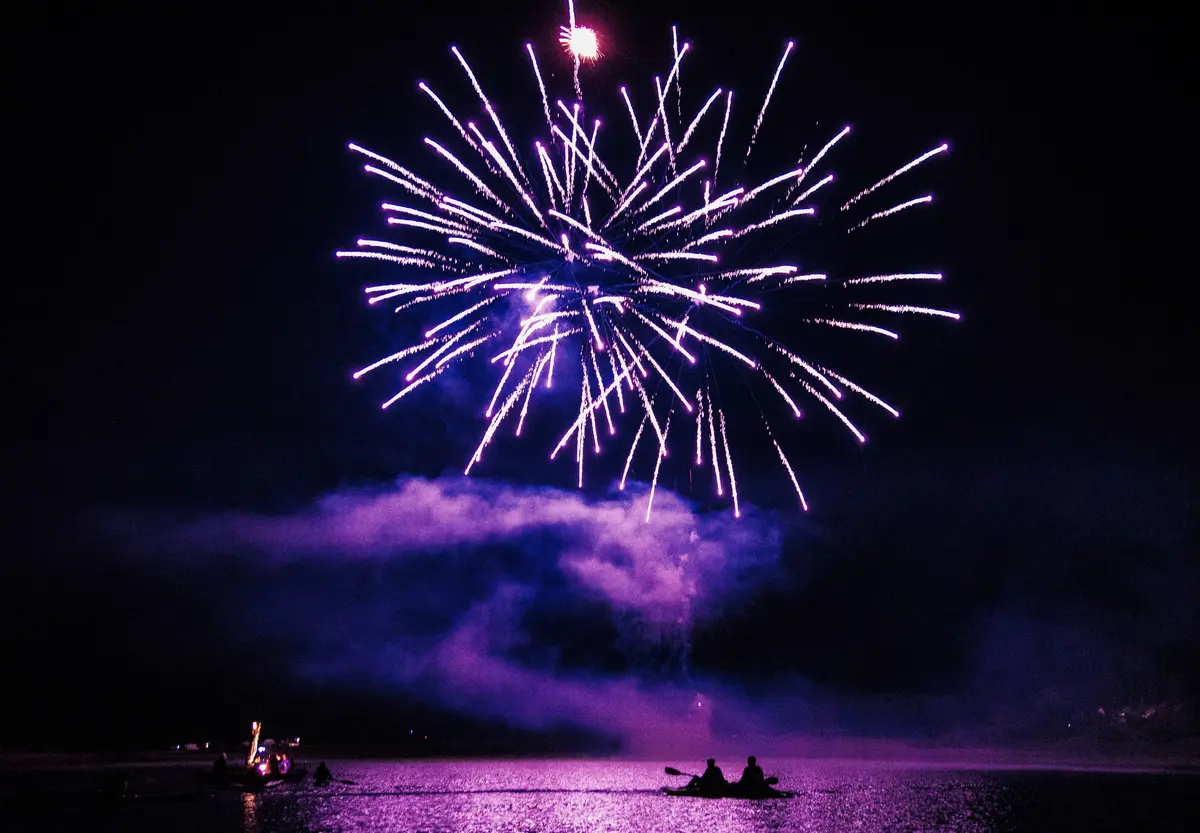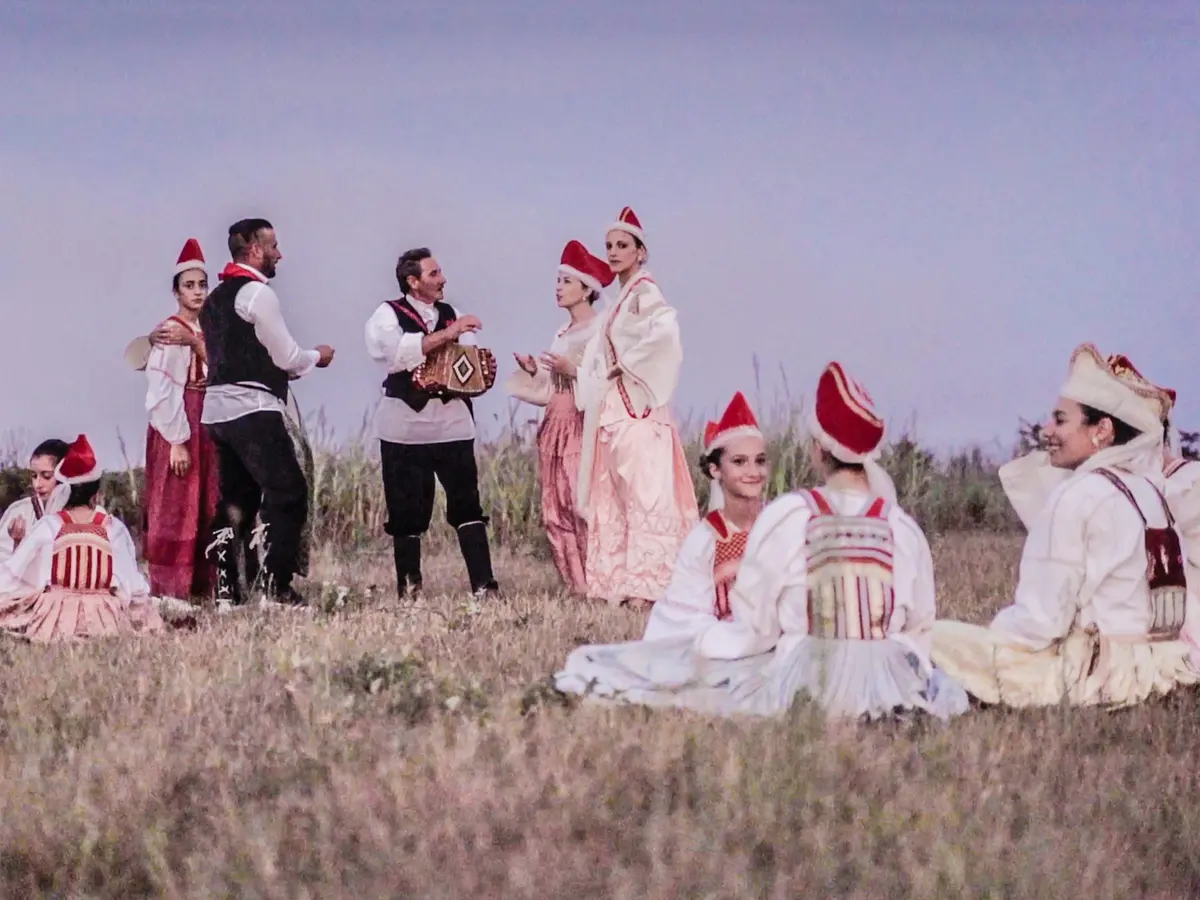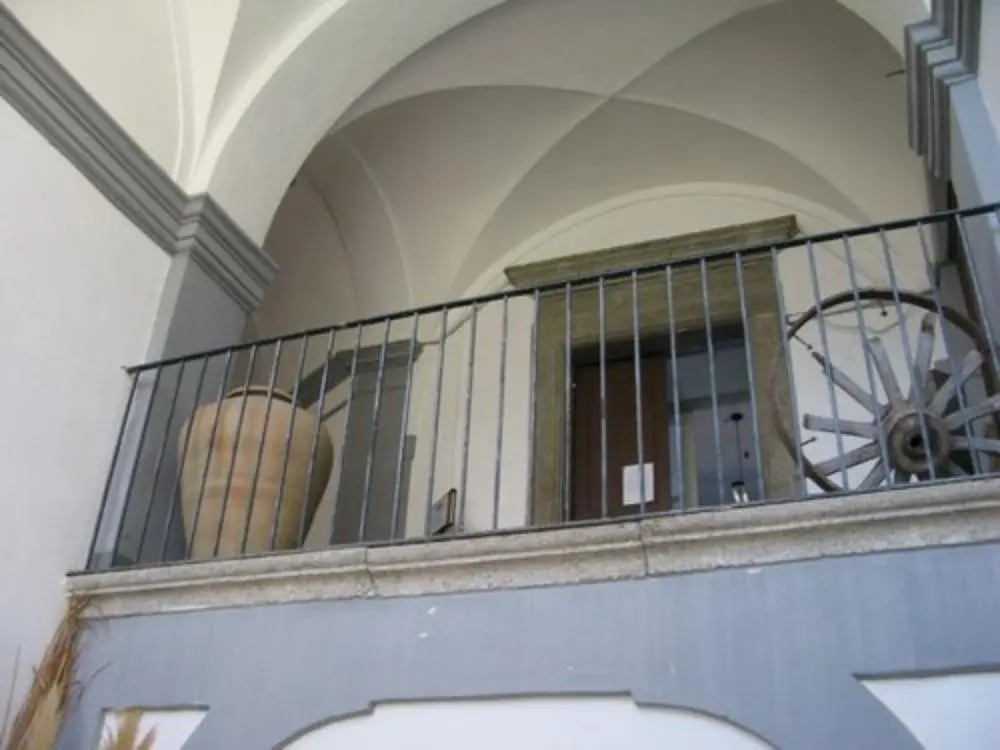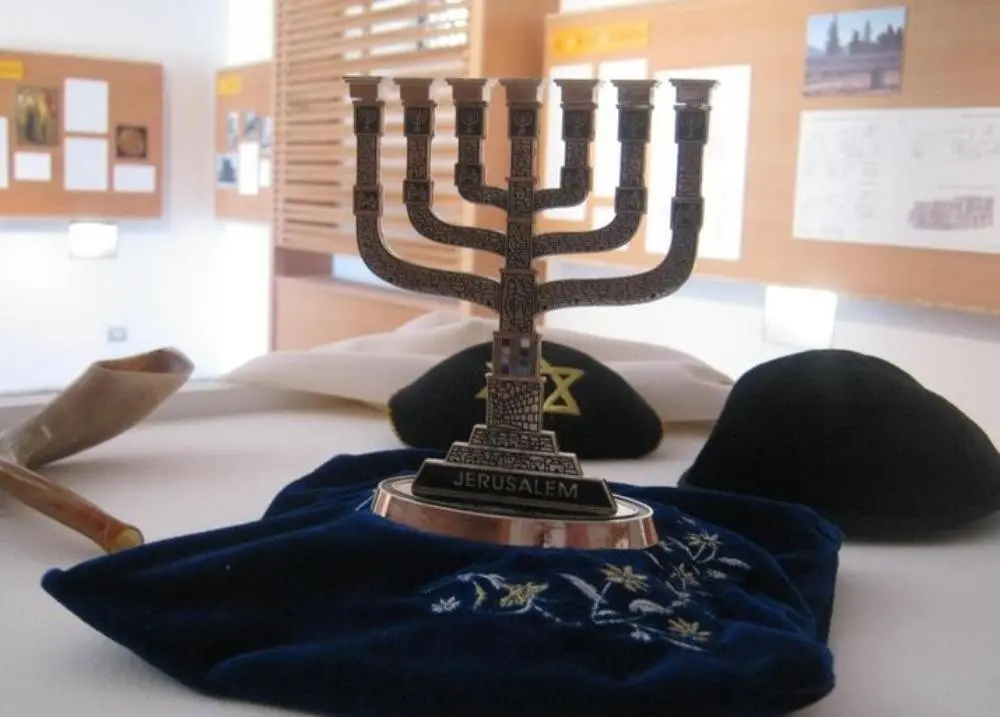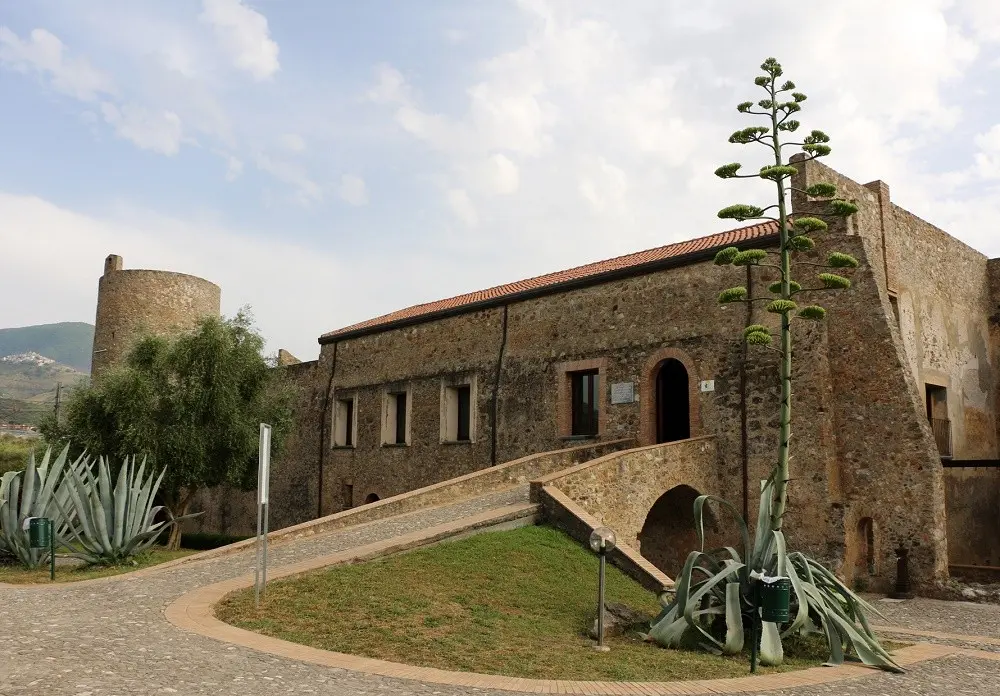Judaism in Calabria between faith, art and tradition
Journey through Calabrian Jewish culture
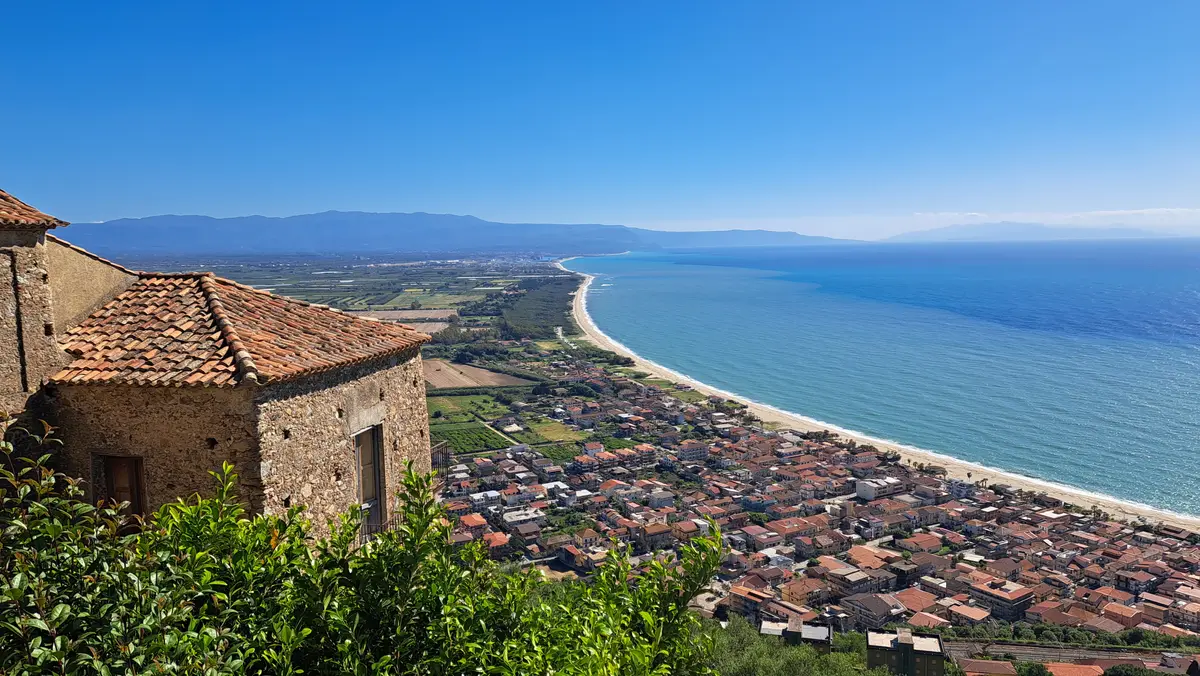
Tradition and folklore
Nicotera - Luca Fregola
The journey to discover Judaism in Calabria has ancient origins but still reveals a lively presence of the Jewish community in Calabria through places, rituals, customs and traditions that fascinate visitors and enthusiasts alike.
A crossroads of cultures thousands of years old and a welcoming land by definition, Calabria offers visitors the cultural and artistic stratification of a heritage rich in nuances, beliefs, practices and works of art.
Let's discover together some places of Calabrian Judaism in an itinerary that touches two provinces starting from the south, where the Jewish presence is still tangible.
The main sites of Jewish culture in Calabria
The journey to discover Judaism in Calabria starts from the southernmost part of the region: the city of Reggio Calabria and its province, which more than others preserve toponymy and places devoted to Jewish culture and spirituality.
Let us start with a street that is a symbol of Reggio Calabria Judaism: Via Aschenez, parallel to Corso Garibaldi, not by chance named after the man who, according to myth, was the founder of the city of Reggio Calabria, great-grandson of Noah. It is 2000 B.C. when, according to legend, Aschenez sets out from the territories of the Middle East with the intention of repopulating the land three generations after the epic Flood. Among the cities of this new foundation is Reggio Calabria (therefore called urbs a diluvio condita, "city founded after a deluge").
Today, close to the long city street that evokes the founder, we cross two other significant places: Via Scale di Giuda (Judas' Stairs), referring to an ancient Jewish toponym, and the Giudecca of Reggio Calabria, the historic Jewish quarter of the city that still bears this name. The Giudecca, located outside the original city walls, was the site of a synagogue and a Jewish school.
Traditionally great merchants, in the 14th century, the Jews of Reggio Calabria held a monopoly on Reggio silk, the art of printing, and the trade in other local goods coveted throughout the Mediterranean (as can be seen from the Angevin law of 1357 instituting the August Fair).
Historical sources relating to the main activities of the Jewish community of Reggio Calabria, namely silkworm breeding and fine printing, tell us that on 22 July each year, the University of Reggio established the price of silk for export to Europe and the Mediterranean.
As far as printing is concerned, the city holds a singular record: it was in the Giudecca of Reggio Calabria that the first Hebrew edition of the Bible was printed, on 5 February 1475 of the Gregorian Calendar, i.e. in the month of Adar of the Hebrew year 5235 (according to the Storia di Reggio da' Tempiitivi Primitivi fino all'Anno di Cristo 1797, by Domenico Spanò Bolani). These were 300 copies of the Commentarius ad Pentateuchum by Rashi, one of the most important commentators on Torah and Talmud, preserved in the Palatine Library of Parma, whose consultable copy (published 2006) is now in the Municipal Library "Pietro De Nava" of Reggio Calabria.
To find archaeological traces of the Jewish presence in the province of Reggio Calabria, it is necessary to move to the Ionian Grecanica area, specifically to the municipality of Bova Marina. Here, in San Pasquale, it is possible to visit the remains of the ancient Synagogue of Bova Marina.
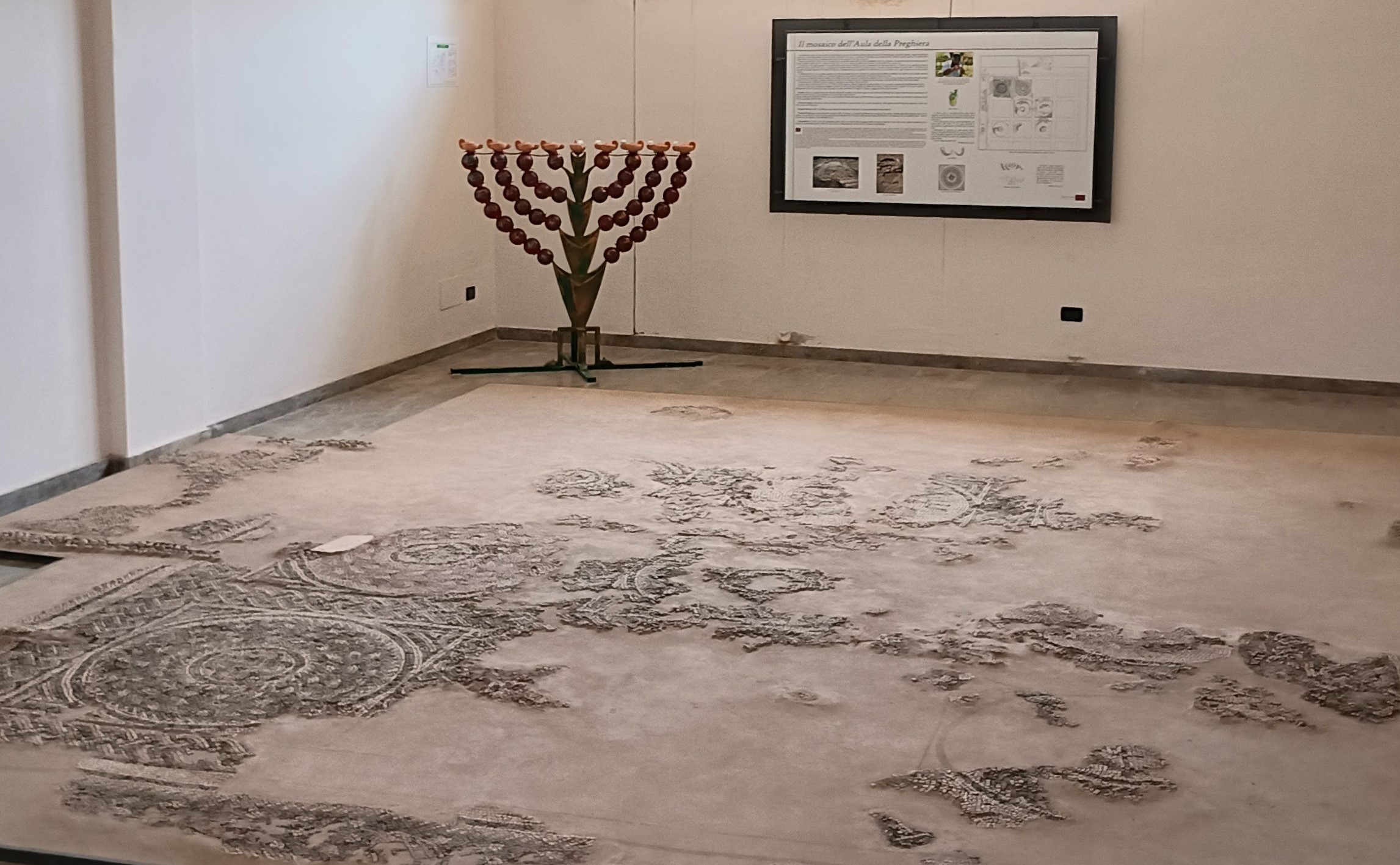
Discovered in the 1980s, the synagogue is dated between the 4th and 5th centuries and features a floor mosaic of great beauty. Placed in the centre of the prayer hall, the polychrome mosaic depicts a menorah (the traditional 7-armed Jewish candelabra) flanked by other symbols, such as Solomon's Knot. A visit to the synagogue, within the ArcheoDeri Archaeological Park, also includes the MArRc, the adjoining museum displaying additional artefacts and works of art.
Moving on to other provinces, one discovers other centres guarding important Jewish quarters: this is the case of the Giudecca of Nicotera (Iudeca), in the province of Vibo Valentia, and the Giudecca of Lamezia Terme, in the province of Catanzaro.
The former, one of the best-preserved testimonies of Judaism in Calabria, once again shows traces of a community dedicated to silk processing, dyeing and papermaking, in addition to the usual commercial and financial activities (lending banks). The district retains the typical Jewish urban layout, with small buildings used as homes and workshops (ground floor and ground floor), connected by characteristic cafi (covered passageways) and stairways opening onto the open spaces.
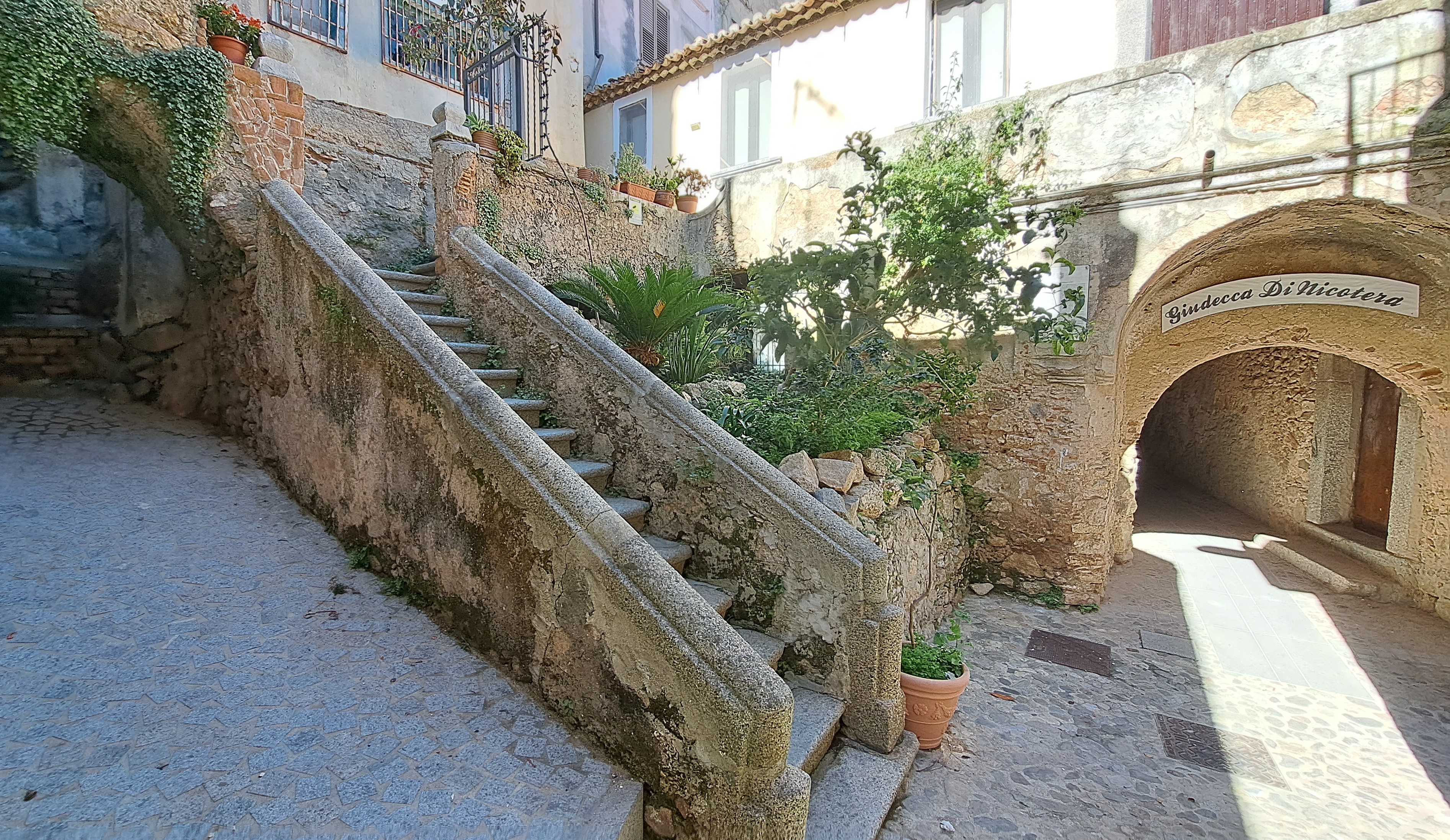
Various characters and historical events intertwine the Giudecca of Nicotera with history with a capital "S", particularly in the Angevin and Aragonese periods, starting with documents from the year 1270. Moreover, the same toponym "Nicotera", recurs among the most common surnames of Jewish origin.
Similar history and layout for the Giudecca of Lamezia Terme, Timpone district, which can be visited in the historic centre of Nicastro. Announced by the Monument to Emperor Frederick II of Swabia with his faithful falcon, the Giudecca quarter of Nicastro is arranged at the foot of the ancient castle, in one of the oldest areas of the city.
The community that lived there, between the 13th and 16th centuries, exploited the precious presence of the Barisco and Canne streams for their work, which were able to drive the mills and machines necessary for tanning and dyeing activities, silkworm breeding and related mulberry cultivation. A true ecosystem, which can still be perceived among the narrow streets and arcades of ancient Iudeca lametina.
Curiosities and traditions
Moving to the province of Cosenza, in particular to the Tyrrhenian coastal town of Santa Maria del Cedro, along the Riviera dei Cedri, we can witness a unique event that is certainly among the most important traditions of the Jewish community in Calabria.
It is precisely on this stretch of coastline, whose name is inspired by the cultivation of the precious Cedar of Calabria PDO, that rabbis from all over the world gather every year for the ritual harvesting of the cedars (strictly from Calabria!) needed to celebrate the important rite of the Feast of Sukkot.
What is it all about? Also known as the Feast of Tents (or Tabernacles), Sukkot ("hut") is one of the most important rituals in Judaism and consists of re-enacting the wanderings of the Jewish people in the desert during the journey to the 'Promised Land', when the community lived in huts.
What is the connection with the Cedar of Calabria? We read in the Torah that four species of plants must be used for the celebration of the feast: the lulav (palm branch), the etrog (a cedar), three branches of myrtle and two branches of willow. The most prized cedar is the Calabrian one, which in Santa Maria del Cedro is ritually picked for the occasion.
To learn about the history, traditions, production and processing of this prized Calabrian citrus fruit, we recommend a visit to the Cedar Museum, where it is possible to follow an "agro-mystical-sensorial" route and purchase the typical products derived from it.
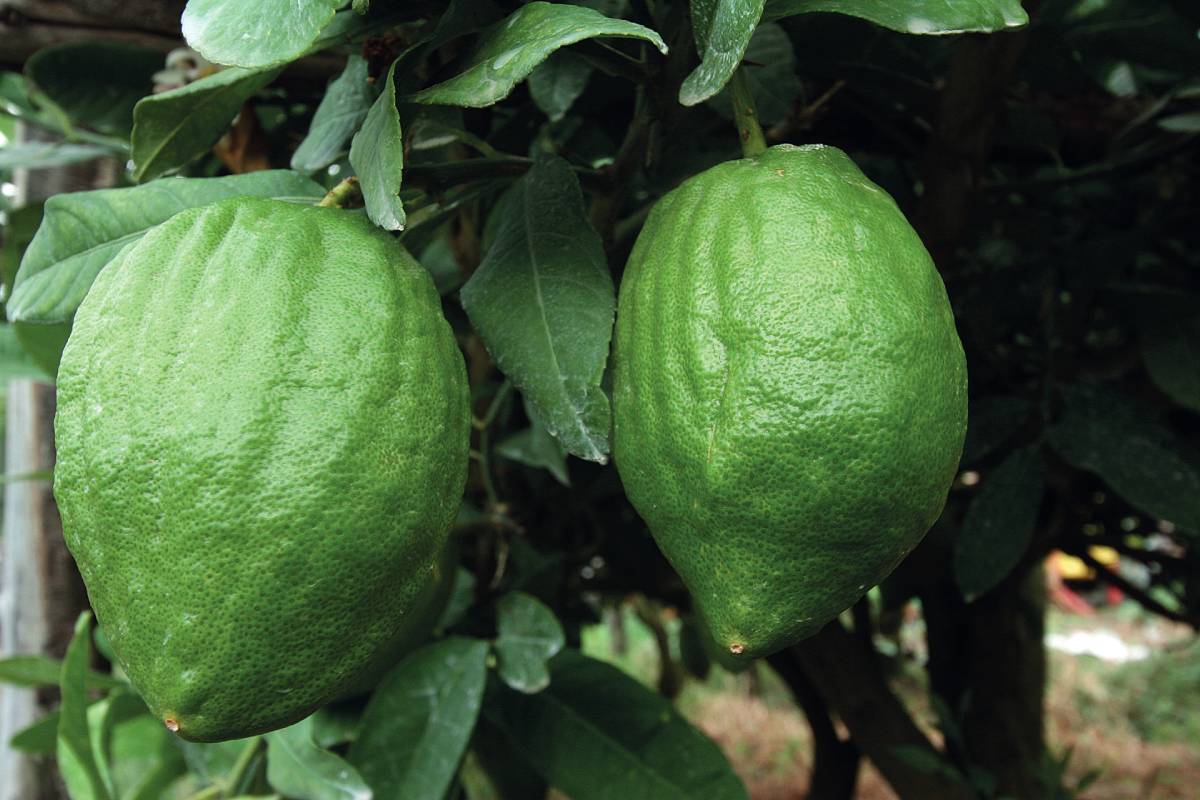
https://calabriastraordinaria.it/en/news/judaism-in-calabria-between-faith-art-and-tradition
